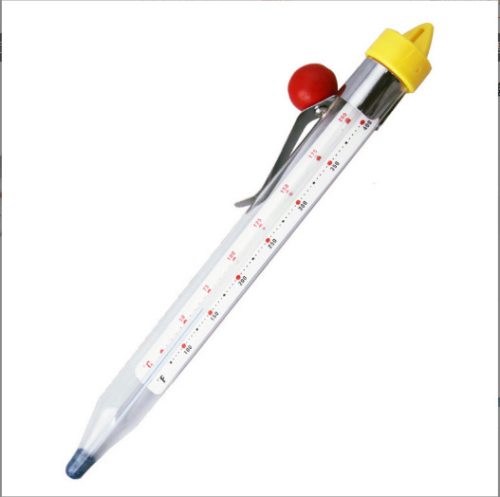Certainly! Hygrometers are instruments used to measure the humidity level in the air. Understanding humidity is crucial in various fields like meteorology, agriculture, manufacturing, and even for maintaining comfortable indoor environments. Here’s a guide to hygrometers and humidity:
What is humidity?
Humidity refers to the amount of water vapor present in the air. It can affect how we perceive temperature; high humidity can make the air feel hotter while low humidity can make it feel cooler.
Types of hygrometers:
Mechanical hygrometers: These traditional hygrometers use materials that expand or contract based on humidity levels. Examples include hair tension hygrometers and psychrometers.
Electronic hygrometers: These use electronic sensors to measure humidity. Capacitive and resistive sensors are commonly used in modern electronic hygrometers.
Dew point hygrometers: They measure the dew point temperature, the temperature at which water vapor in the air condenses into liquid water.
Factors influencing humidity measurement:
Temperature: Humidity readings can change with temperature variations.
Accuracy: Calibration and accuracy of the hygrometer are essential for precise measurements.
Location: Placement of the hygrometer affects readings; for instance, indoors vs. Outdoors.
Importance of humidity measurement:
Health: Maintaining optimal humidity levels can prevent respiratory issues and allergies.
Comfort: Balancing humidity levels creates a more comfortable living or working environment.
Industry and agriculture: Critical for various processes, like manufacturing, food storage, and agricultural production.
Ideal humidity levels:
Indoor comfort: Generally, indoor humidity levels between 30-60% are considered comfortable for most people.
Specific environments: Some environments, like museums or data centers, might require precise humidity control.
Tips for hygrometer usage:
Calibration: Regularly calibrate hygrometers for accuracy.
Placement: Position hygrometers away from direct airflow or heat sources for accurate readings.
Maintenance: Keep the hygrometer clean and protected from damage.
Conclusion:
Hygrometers play a crucial role in measuring and monitoring humidity levels, impacting various aspects of our lives. Understanding humidity and utilizing hygrometers correctly can help maintain comfortable and healthy environments while also being vital in various industries.
Remember, when choosing a hygrometer, consider its intended use, accuracy, and the environment where it will be used for the most effective humidity monitoring.


